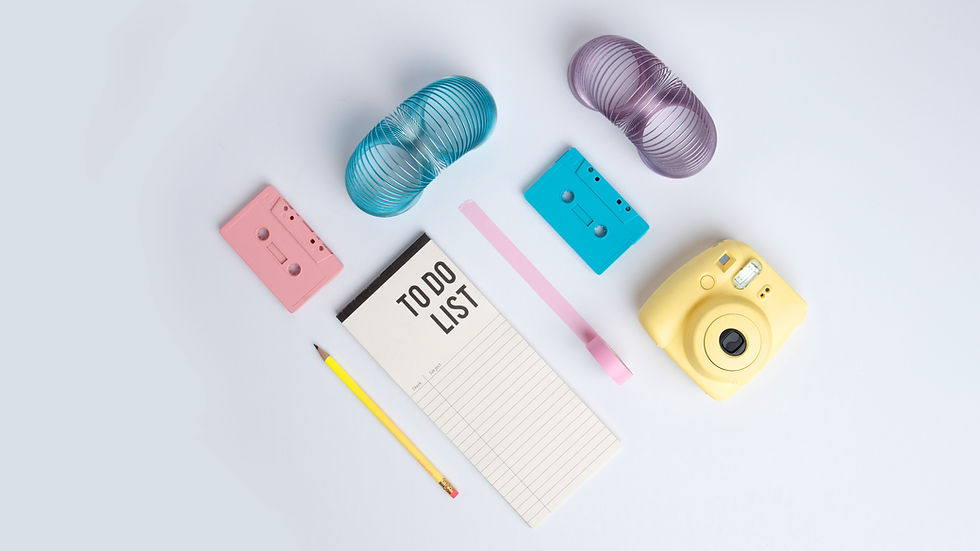Navigating the Color Palette: A Guide to Choosing Colors That Resonate
- Moodi Design
- Dec 11, 2023
- 2 min read
Color is not just a visual element; it's a powerful communicator that speaks to our emotions and perceptions. When it comes to design, understanding the psychology of colors is the key to creating a visual language that resonates with your audience. In this guide, we'll explore the art of navigating the color palette, offering tips and examples on selecting colors that align with brand identity and evoke the desired emotions.

The Psychology Behind Colors
1. Red: Passion and Energy
Example: Coca-Cola utilizes red to evoke excitement and passion, creating a memorable and energetic brand presence.
2. Blue: Trust and Calm
Example: Facebook employs blue to convey trust and reliability, fostering a sense of calm in its users.
3. Yellow: Optimism and Clarity
Example: IKEA's use of yellow exudes optimism, creating a bright and positive shopping experience.
4. Green: Nature and Growth
Example: Whole Foods embraces green to signify natural and organic products, aligning with concepts of health and growth.
5. Purple: Luxury and Creativity
Example: Cadbury's use of purple represents luxury and creativity, making their chocolates stand out as a premium treat.

Tips for Choosing Your Color Palette
1. Know Your Audience:
Consider the demographics and preferences of your target audience. Colors that resonate with one group may not have the same impact on another.
2. Stay True to Brand Identity:
Align your color choices with your brand's personality and values. Consistency across your visual elements fosters brand recognition.
3. Use the 60-30-10 Rule:
Distribute your colors with the dominant hue taking up 60%, the secondary color 30%, and an accent color 10%. This creates a balanced and visually appealing palette.
4. Consider Cultural Associations:
Be mindful of cultural variations in color meanings. A color that signifies celebration in one culture might represent mourning in another.
5. Test and Iterate:
Don't be afraid to experiment. Test your color palette with a focus group or through A/B testing to ensure it resonates as intended.

Applying the Principles: A Case Study
Company: XYZ Fitness App
XYZ Fitness App, targeting health-conscious millennials, aims to evoke energy, trust, and motivation.
Color Palette:
Dominant Color: Energetic Orange (60%)
Secondary Color: Calming Blue (30%)
Accent Color: Fresh Green (10%)
Result:
The orange energizes users during workouts, the blue instills trust in the app's accuracy, and the green represents the app's focus on well-being.
In conclusion
Navigating the color palette is an art that goes beyond aesthetics. It's about creating a visual narrative that resonates with your audience on a subconscious level. By understanding the psychology of colors and following these tips, you can craft a color palette that not only aligns with your brand identity but also speaks directly to the hearts of your audience. Happy designing!



